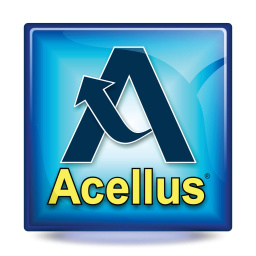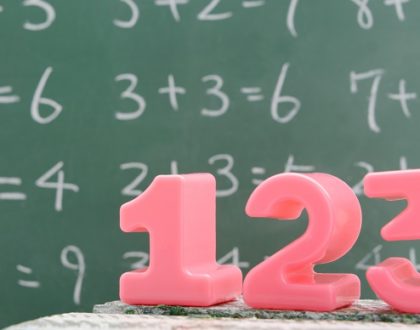Accounting I

Course Features
Course Details
Course Overview
The Acellus Accounting I course examines the use of accounting and several of its various aspects. Some of the topics that will be explored include financial statements and how they are linked, bank operations, and accounts payable vs. accounts receivable. Next, it will dive deeper into inventory control and how to track it. Corporations, payroll activities, and government regulations will be discussed with various case studies offered in order to provide context. Finally, the course will conclude with ratios, depreciation, and bonds, offering students a fundamental knowledge in the value of proper accounting practices. Students will gain an understanding of the laws and regulations associated with accounting, and recognize why these regulations are in place. Accounting I is taught by Acellus Instructor Mark Rogers.
Sample Lesson - Linking Income Statement with Balance Sheet
 This course was developed by the International Academy of Science.
Learn More
This course was developed by the International Academy of Science.
Learn More
Scope and Sequence
Unit 1 As the course begins, students will examine the definition of accounting and the differences between financial and managerial accounting. The end of the unit will help learners explore who uses accounting and the various careers in the field. Unit 2 In this unit, students will examine cash vs. accrual accounting, as well as economic entity and monetary unit assumptions. Next, they will discover the importance of relevant, reliable, and consistent information, followed by the principles of conservatism and materiality. Learners will close this section by studying cost principle and international financial reporting standards. Unit 3 Unit three examines the various financial statements, the factors of assets and liabilities, and debits vs. credits. Next, students will discover T-accounts, how to prepare a chart of accounts, and journal entries. finally, they will explore ledgers, their entries, and the accounting cycle. Unit 4 This unit will dive more deeply into financial statements and their concerns, such as assets, revenues, and expenses. After this, learners will investigate income taxes and net income. Discovering free cash flow statements and linking the various financial statements to each other will conclude the unit. Unit 5 In unit five, learners will examine cash control procedures. Following this, they will explore banking operations, such as reconciliation and other activities. Finally, they will study electronic funds transfers and petty cash. Unit 6 This unit explores various business financial aspects, such as vendors and organizing transactions. Next, students will dive deeper into accounts payable by focusing processing and scheduling, closing with connecting accounts payable to the financial statements. Unit 7 Unit seven is all about accounts receivable and its various elements, such as current assets, customers, and subsidiary ledgers. After this, students will examine customer invoices and payments with an emphasis on processing. Finally, they will discover the significance of scheduling accounts receivable and how it relates to financial statements. Unit 8 This unit covers the various aspects of inventory control. It starts by exploring the calculations and methods. Next, learners will study inventory records and how they relate to the point of sale, the differences between FIFO and LIFO methods for the cost of inventory, and finishing with the effects inflation and deflation have on inventory. Unit 9 Students will begin this unit by examining the differences between hourly and salary employees and then between employees and independent contractors. Following this, they will investigate employee records, tax and other deductions, and how these relate to gross vs. net pay. Finally, learners will scrutinize payroll and the activities associated with it. Unit 10 Unit ten explores corporations and their characteristics, such as advantages vs. disadvantages and public vs. private. After this, students will investigate stock issuance, markets, and prices. They will end the unit by studying dividends, corporate financial statements, and corporate taxes and interest expenses. Unit 11 This section examines accounting regulations and the Securities and Exchange Commission. Finally, learners will be presented with case studies on entities such as Enron, World Com, and Tyco International. Unit 12 This unit explores the significance of ratios in accounting. It begins by discovering why they are important and progresses to various kinds of ratios, such as interest coverage, debt, current, and quick. The section concludes by studying inventory turnover and burn rate. Unit 13 This unit begins by examining book value, residual value, depreciation, and useful life of assets. Next, students will explore the various types of depreciation and asset disposition. Finally, they will cover the differences between tangible and intangible assets, amortization, and goodwill. Unit 14 As the course comes to an end, learners will explore the different types of long-term liabilities and how bonds work. Following this, they will examine bond yields and pricing and learn to calculate interest expense. Lastly, learners will study principal payments and amortization tables.
This course does not have any sections.






